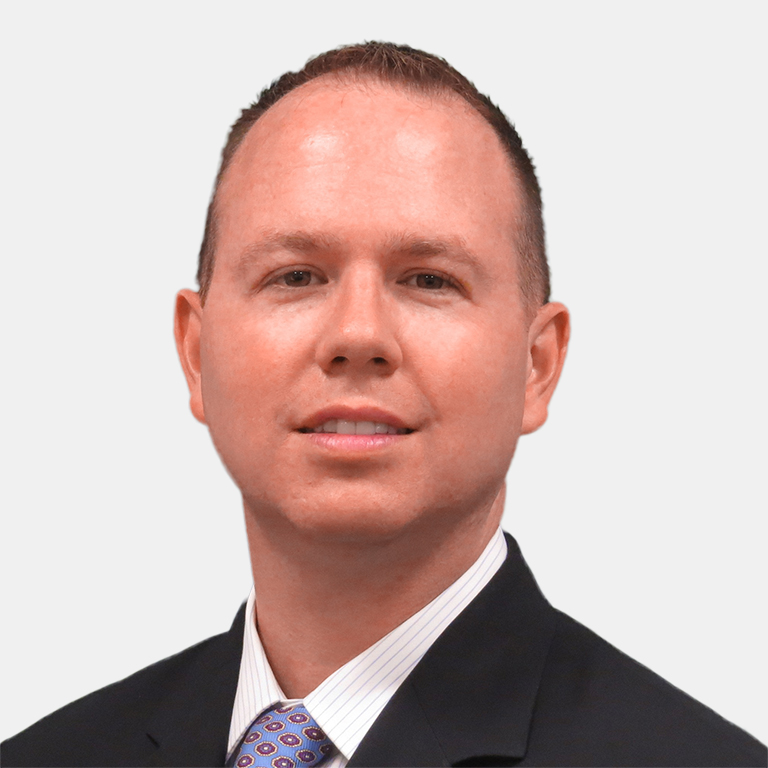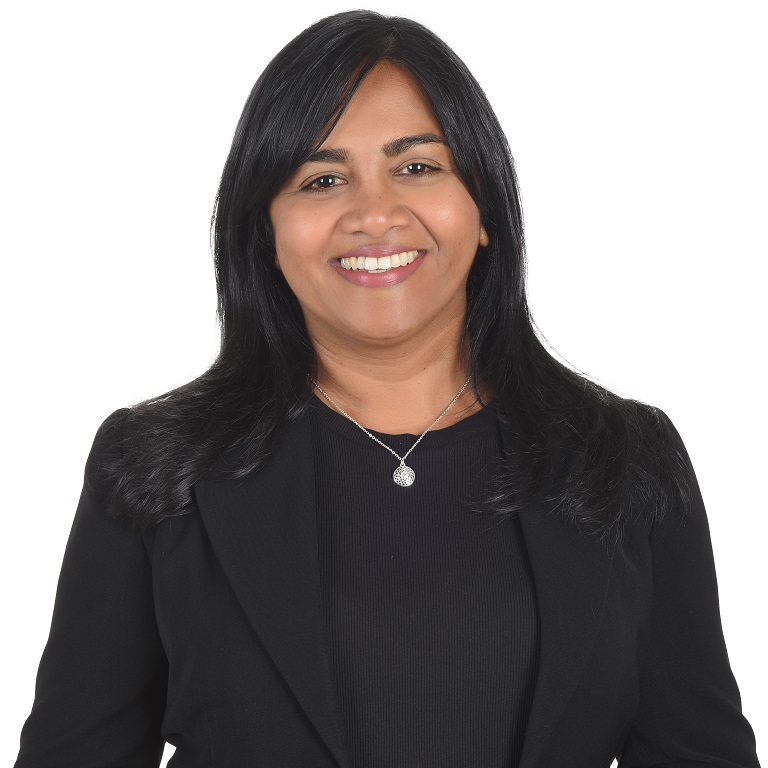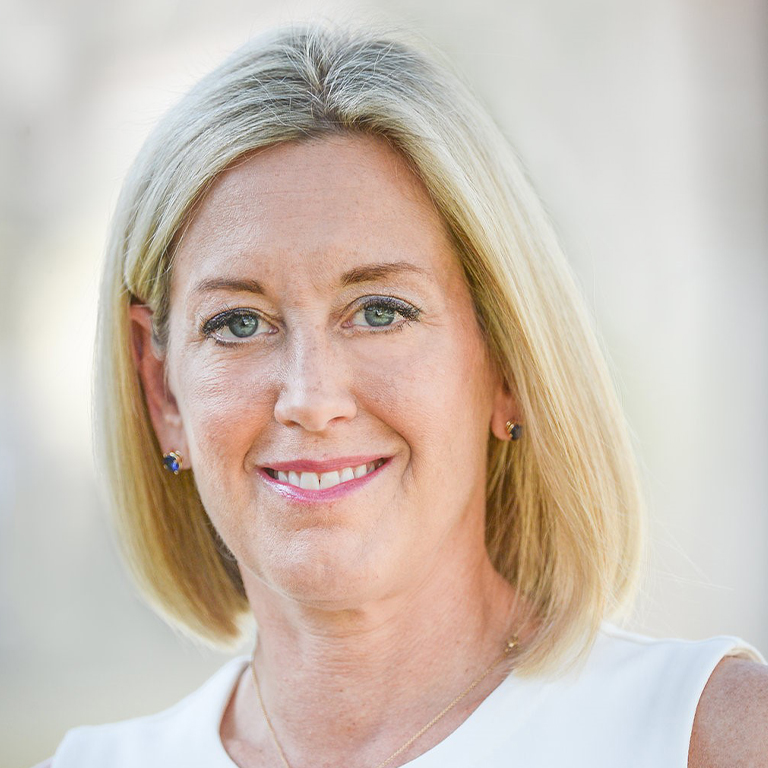
Ellen Charnley
President, Marsh Captive Solutions
-
United States
As they face higher insurance rates, lack of capacity, and more stringent carrier terms and conditions, many leaders are exploring alternative strategies to finance their risk. One of the most popular is through a captive insurance company.
A captive can be a powerful tool for your organization to take complete control of risk, while gaining greater financial flexibility and protection. For example, any surpluses generated potentially can be used to fund vital investments across your operations.
One in four captives worldwide is managed by Marsh. More captive owners choose us than any other captive partner, so you can be confident that you have the best experience, expertise, and resources in your corner.
Our team of specialists can help your organization create a captive program that aligns with your strategic and financial goals. By combining our expertise with industry-leading analytics, we are prepared to assess your needs, make recommendations, and quantify the advantages that captive insurance can offer your organization — today and in the future.
Contact our specialists to manage risk on your own terms and maximize your captive’s performance.

Event
27/03/2024
Captives are created to enhance a business’s ability to manage the retentions and deductibles associated with traditional risk transfer programs. Typically, a company will select service providers, including a captive manager such as Marsh, who can support the creation, implementation, and day-to-day operation of the program.
Similar to traditional insurance programs, a captive issues policies, processes claims, and follows all applicable regulations. However, the key difference is that a captive gives its parent company the option to retain or distribute the profits across the organization, whereas a traditional insurance company retains those profits.
By placing a captive at the core of your organization’s risk management program, you can achieve a reduced total cost of risk, stabilize risk capacity, and gain access to reinsurance.
Other potential benefits unique to captives include:
A captive insurance program can help your organization reduce traditional and emerging risk management pain points. And, by achieving a greater control of risk and reduced costs, your business can enhance your overall economic security and profitability.
Although companies across all industries can enjoy the potential benefits of a captive, those who do create their own captive insurance program typically share the following characteristics:
With several unique structures available to your organization, you can customize your captive insurance program and coverage to match your unique risk exposures and strategic initiatives.
For business leaders looking to create their own captive insurance program, there are several structure options.
Cell captives are now seeing significant growth because they are faster, less expensive, and simpler to enter. They provide one or two lines of coverage to those who need to wall off different risks in separate cells.
With the option to enter any of these structures, no matter what industry you are in, you could potentially achieve improved risk management by building a captive insurance program of your own.
Once a captive is up and running, custom reporting and benchmarking against peers can provide insight into your program within the context of your industry, company size, and/or region.
Benchmarking will help to answer important questions such as:
Of course, such profiling relies on excellent risk and insurance company data. One-in-four captives worldwide are managed by Marsh. Our insights enable you to improve captive efficiency, identify areas for potential coverage, and provide data-backed recommendations to your C-suite.
In recent years, the pandemic and other global uncertainties have made the commercial insurance market more challenging. This has fueled significant interest in captive insurance alternatives.
Now, following a year of economic uncertainty and dynamic market conditions, organizations around the world are increasingly looking towards captives as a means of managing high-severity risks and gaining enhanced flexibility and more control over their total cost of risk. Currently, it is estimated that there are more than 6,000 captives worldwide.
Captives can be used to insure both traditional risks as well as emerging risks. Major lines of coverage include all-risk property, casualty, automotive liability, workers’ compensation, general liability, and products liability to name a few.
Emerging risks showing rapid growth in recent years include medical stop loss, voluntary benefits, cyber liability, and directors and officers liability. In this report, we also highlight the increase in third-party risks. These risks, in combination with traditional risks, are helping drive the creation of protected cell captives which account for 1 in 4 of our new formations. For details, please see the 2023 Captive Landscape Report: Captive insurer growth continues as advantages pique interest.
Although captive insurance and self-insurance are both types of risk financing mechanisms, they do vary.
Self-insurance is a formalized way of retaining all types of insurance risk. Rather than transferring risk to a third-party commercial insurance company, a self-insuring firm sets aside money to fund future losses.
Similar to self-insurance, captive insurance is a risk financing mechanism in which a company insures itself against future losses. However, in a captive insurance arrangement, the insured creates a more formal arrangement for protecting against its unique business risks by creating its own insurance company.
By working with an experienced captive manager, your organization can achieve potential benefits unique to a captive insurance program, including better protection against catastrophic losses and coverage for risks that may be unavailable in a traditional insurance arrangement.
Although captive insurance programs come with many potential benefits, there are some important considerations that may factor into your business’s decision when it comes to creating one:
By allocating the proper resources to your single parent, RRG or group captive, your organization will be positioned to gradually achieve a better grasp on claims and loss control efforts, as well as lower operating costs compared to commercial insurance.
With specialized expertise and global experience, the captive team at Marsh can work with you to create a comprehensive solution tailored to your organization's unique risk exposures and insurance needs. Leveraging industry-best data analytics and benchmarking, we'll help you manage risk on your own terms and gain more control of your company's total cost of risk.
A domicile is the location where a captive insurer is licensed to do business. There are more than 70 captive domiciles around the world – but don’t let that number overwhelm you. Each and every one can be grouped into two categories: onshore or offshore. An onshore domicile is located within a major country or region, such as the US or the EU. An offshore domicile is located outside a major country and includes ones such as Bermuda, the Cayman Islands, Guernsey, and the Isle of Man.
How do you decide which domicile is right for you? Based on your unique organizational needs, your captive manager will work with you to determine what domicile makes sense to start with and whether any changes should be made over time.
Our professionals in every domicile can help guide you through the life cycle of a captive – from feasibility through optimization. To learn more please contact us at marshcaptivesolutions@marsh.com

President, Marsh Captive Solutions
United States

US Captive Chief Client Officer
United States

International Captive Consulting and Sales Leader
United Kingdom

Product Innovation Leader, Captive Solutions
United States

Americas Sales and Consulting Leader, Marsh Captive Solutions
United States

Islands Practice Leader, Captive Solutions
Bermuda

International Practice Leader, Marsh Captive Solutions
United Kingdom

Chief Digital Officer, Captive Solutions
United States

Pooling & Cell Facilities Leader, Captive Solutions
United States

Risk Mutualization Leader, Captive Solutions
United States